Amazon, Books, Reading, Sci-Fi
Navigating the Multiverse: Feasible Methods of Interdimensional Travel
The concept of interdimensional travel has long captured the imagination of scientists, writers, and dreamers alike, offering a tantalizing glimpse into realms beyond our own. In the realm of theoretical physics, the multiverse theory suggests the existence of countless alternate dimensions, each with its own unique laws of physics and possibilities.
Throughout my over decade in the literature community as a published author, I’ve actively sought out as much information as I could get my hands on about the writing process and how to write. In the books I’ve read, conferences I’ve attended, and industry professionals I’ve spoken with, there are certain writing points that they all often speak out. How to start a novel, story structure, dialog, grammar mechanics, and the list could go on. I’ve seen an English language professor and a fiction editor arguing about an Oxford Comma on more than one occasion. But one thing that rarely, if ever, gets talked about is where I’m at on my next novel to come out, when is it ready?
But how feasible is interdimensional travel, and what methods could potentially allow us to navigate the multiverse? In this article, we explore some of the speculative yet scientifically grounded approaches to traversing between dimensions.
Wormholes and Einstein-Rosen Bridges:
One of the most iconic concepts in science fiction, wormholes offer a theoretical pathway through spacetime, potentially connecting distant regions of the universe or even different dimensions. According to general relativity, wormholes could emerge as solutions to the equations governing the curvature of spacetime, creating shortcuts that bypass the conventional limitations of distance.
While wormholes remain largely speculative, recent theoretical research has explored the possibility of stabilizing these cosmic tunnels using exotic forms of matter with negative energy density. By manipulating the fabric of spacetime, scientists speculate that it may be possible to engineer stable wormholes that could serve as portals to other dimensions. However, the practical challenges of creating and traversing such structures remain formidable, requiring technologies far beyond our current understanding.
Quantum Entanglement and Parallel Universes:
Another avenue of exploration for interdimensional travel lies in the phenomenon of quantum entanglement, which Einstein famously described as “spooky action at a distance.” In the realm of quantum mechanics, particles can become entangled, meaning that their states are correlated regardless of the distance separating them.
Some theories propose that quantum entanglement could be harnessed to establish communication or even teleportation between parallel universes. By exploiting the interconnected nature of quantum reality, it might be possible to encode information in entangled particles and use them as conduits for interdimensional travel. However, the practical implementation of such a method remains purely speculative, with significant technical and theoretical challenges yet to be overcome.
The Alcubierre Drive and Warp Propulsion:
Inspired by the science fiction concept of warp drive, physicist Miguel Alcubierre proposed a theoretical solution to the problem of faster-than-light travel within the framework of general relativity. The Alcubierre drive works by creating a warp bubble around a spacecraft, effectively contracting spacetime in front of it and expanding it behind, allowing the vessel to “surf” on a wave of distorted spacetime.
While the Alcubierre drive remains a purely theoretical concept, recent research has explored potential modifications that could make it more feasible, such as reducing the energy requirements or minimizing the adverse effects on the spacecraft and its occupants. Some theorists speculate that a sufficiently advanced version of the Alcubierre drive could enable not only faster-than-light travel within our universe but also navigation between different dimensions within the multiverse.
Interdimensional travel remains one of the most captivating frontiers of scientific inquiry, stretching the limits of our imagination and challenging our understanding of the cosmos. While the methods discussed in this article represent speculative possibilities rather than concrete realities, they serve as thought-provoking avenues for exploration and research. Whether through wormholes, quantum entanglement, or warp propulsion, the quest to navigate the multiverse offers a glimpse into the boundless potential of human ingenuity and curiosity. As we continue to push the boundaries of science and technology, who knows what wonders await us in the uncharted realms of the multiverse?
About Leif J. Erickson
Leif J. Erickson is a science fiction and fantasy author from a small farming community in west central Minnesota. Using his time wisely when he was a farmer, Leif developed many ideas, characters, and storylines to create over fifty unique first drafts and outlines for stories. From his start in a small town school, to college at North Dakota State University, back to his family farm, then to the bright lights of Minneapolis, Minnesota, and back to his small farming town, Leif has always had a love of writing.
When Leif isn’t writing he can be found with his wife hiking in state parks, canoeing local lakes and rivers, exploring local and regional ghost towns, experiencing museums, or simply reading or hanging out with friends and family. Leif draws on the local nature and ecology to find inspiration for his writing while he also asks what’s possible for technology and the human race, weaving them together for amazing stories that will stay with the reader for years to come. Leif looks forward to having many novel and story releases in the years to come.
You can see all of Leif’s Books here: Leif’s Amazon Author Page





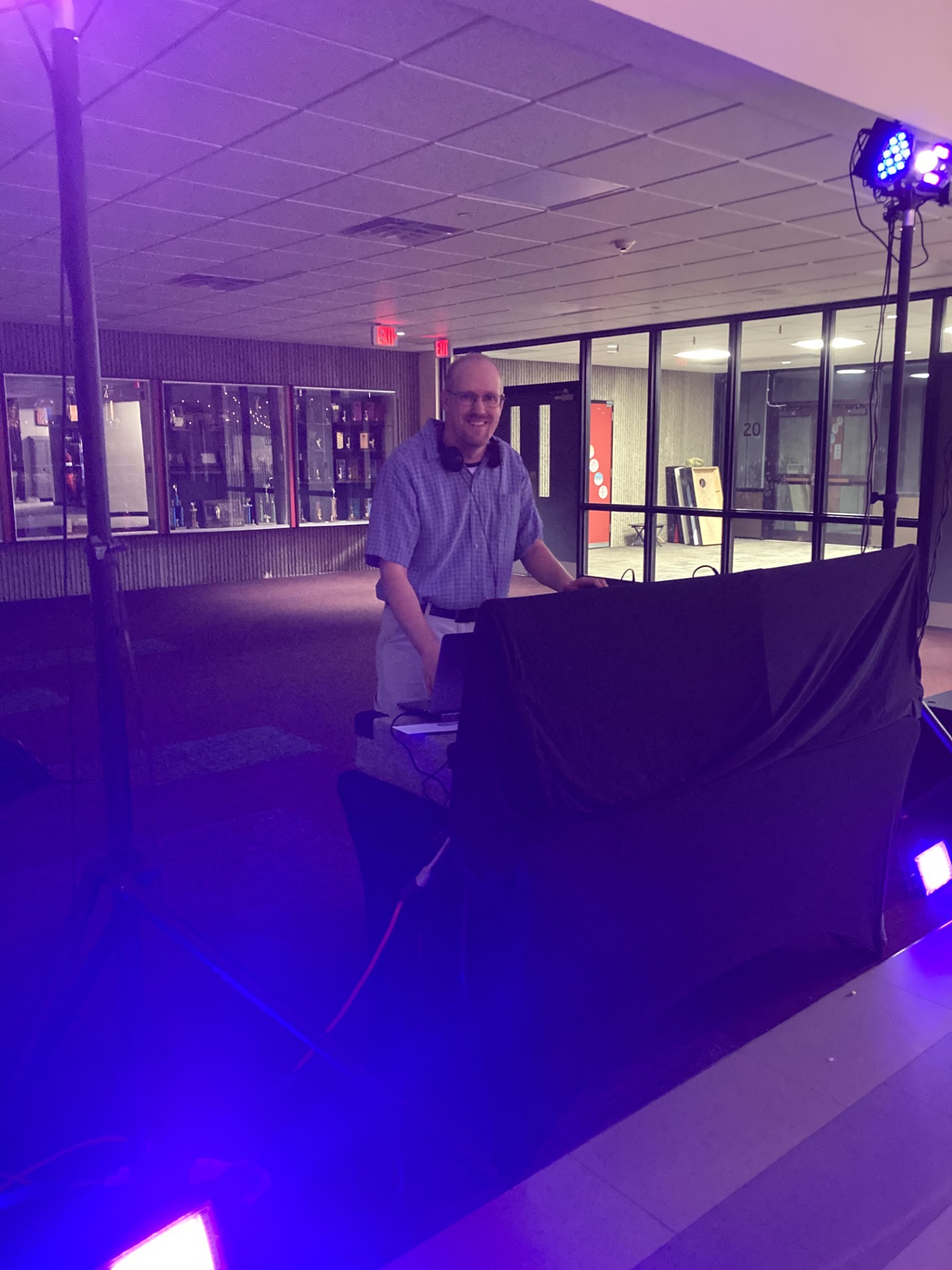
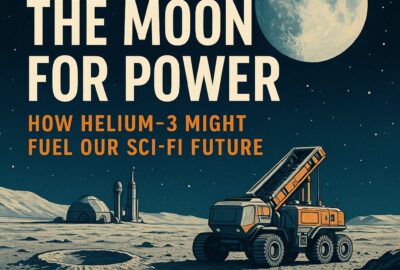
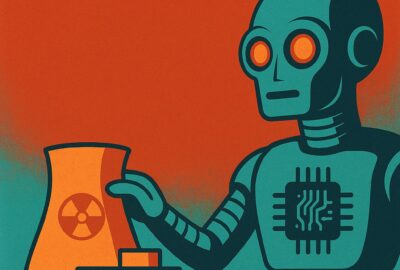




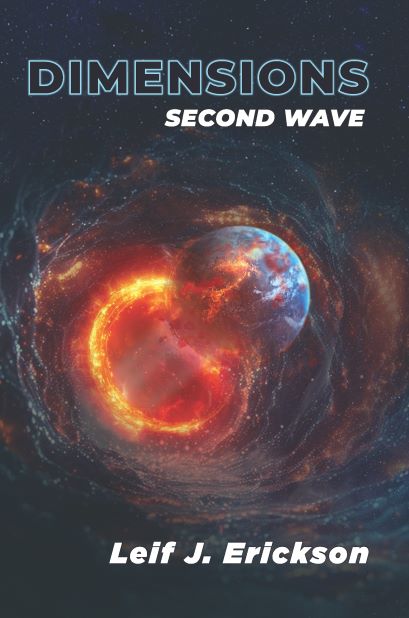
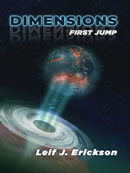



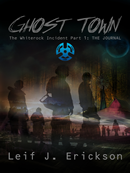


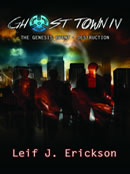


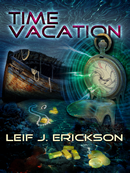





Leave a reply
You must be logged in to post a comment.